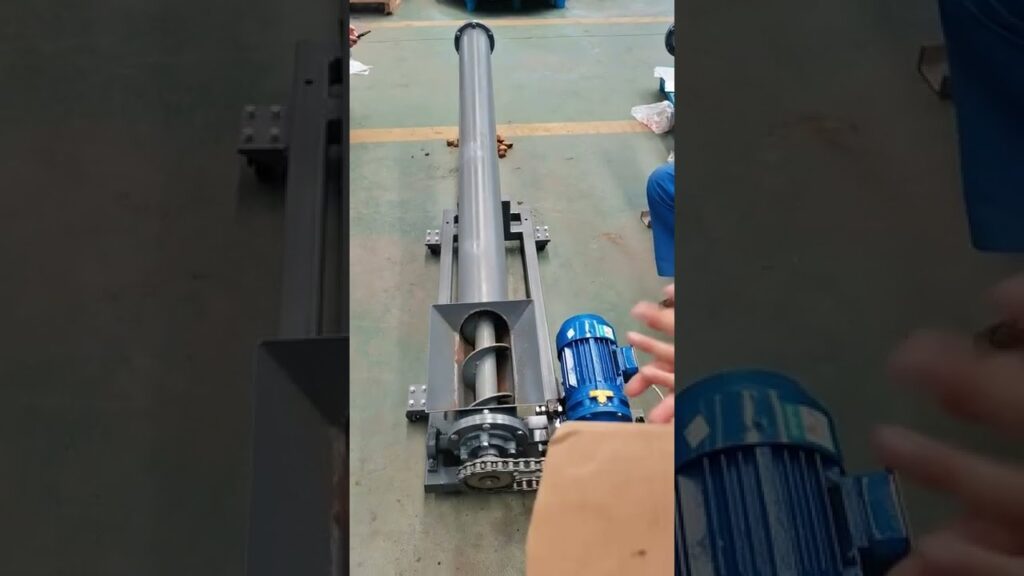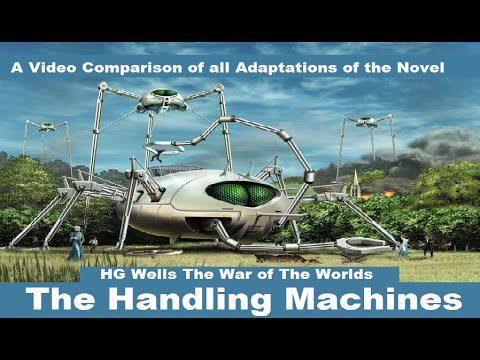Improve Efficiency in Material Handling with Proper Equipment Design
In today’s fast-paced industrial environments, efficient material handling is a crucial aspect of optimizing productivity and reducing costs. The right equipment can significantly streamline operations, ensuring smooth workflow and minimizing the risk of accidents or damages. In this article, we will explore the importance of handling equipment and delve into the key considerations when designing materials handling systems.
Material handling equipment encompasses a wide range of tools, machinery, and vehicles used to transport, store, and organize materials in a manufacturing or distribution setting. From forklifts and conveyors to automated robots and storage systems, these tools play a vital role in keeping operations running smoothly. Efficient handling equipment can minimize manual labor, reduce errors, and enhance overall operational efficiency.
When designing a materials handling system, several factors must be taken into account to ensure maximum effectiveness. First and foremost, understanding the specific needs and requirements of the task at hand is crucial. Whether it is moving heavy loads or accurately sorting and categorizing items, the equipment design must align with the operational objectives. A thorough analysis of the materials being handled, their weight, size, and fragility is essential in choosing the appropriate machinery and tools.
Additionally, the layout of the facility plays a significant role in determining the design of the handling equipment. Analyzing the flow of materials, identifying bottlenecks, and considering space constraints are crucial factors in creating an efficient system. By optimizing the placement of equipment, minimizing travel distances, and ensuring a logical sequence of tasks, productivity can be significantly enhanced.
Another vital consideration is the safety of both workers and materials. Handling equipment should be designed with ergonomics in mind, to reduce the risk of injuries and improve operator comfort. Implementing safety features such as anti-collision sensors, emergency stop buttons, and proper training protocols can contribute to a safer work environment.
Moreover, technological advancements have revolutionized the field of material handling. Automation is at the forefront, with robots and smart systems increasingly taking over repetitive or hazardous tasks. This not only improves efficiency but also reduces labor costs and the potential for human error. Integrating advanced technologies, such as RFID tracking or real-time data analytics, can further enhance the accuracy and effectiveness of material handling operations.
In recent years, there has been a growing emphasis on sustainability and environmental impact in industrial practices. Material handling equipment design has also been influenced by this trend, with a focus on energy efficiency and eco-friendly solutions. Opting for electric or hybrid-powered machinery, utilizing renewable energy sources, and designing systems that minimize waste and emissions are key aspects of designing sustainable materials handling systems.
Furthermore, regular maintenance and upgrades are vital in ensuring the longevity and optimal performance of handling equipment. Implementing a preventive maintenance schedule, conducting inspections, and promptly addressing any issues can prevent costly breakdowns and disruptions in operations.
In conclusion, the efficient design of material handling equipment is integral to streamlining operations, improving productivity, and reducing costs. Considerations such as understanding the task requirements, analyzing facility layout, prioritizing safety, embracing technological advancements, promoting sustainability, and implementing maintenance protocols are crucial in creating effective handling systems. By investing in the right tools and machinery, businesses can efficiently manage their materials, enhance workflow, and ultimately achieve their operational goals.
(Material handling equipment is essential in optimizing industrial operations, enhancing efficiency, and reducing costs. The design of such equipment plays a crucial role in ensuring smooth workflow, minimizing accidents, and increasing productivity. This article explores the importance of material handling equipment and provides insights into designing effective systems. Let’s delve into the world of handling equipment and discover how it can revolutionize your operations.)
Handling Machine
“Mastering Material Handling Equipment: Expert Tips for Efficiently Designing and Handling Heavy Loads”


